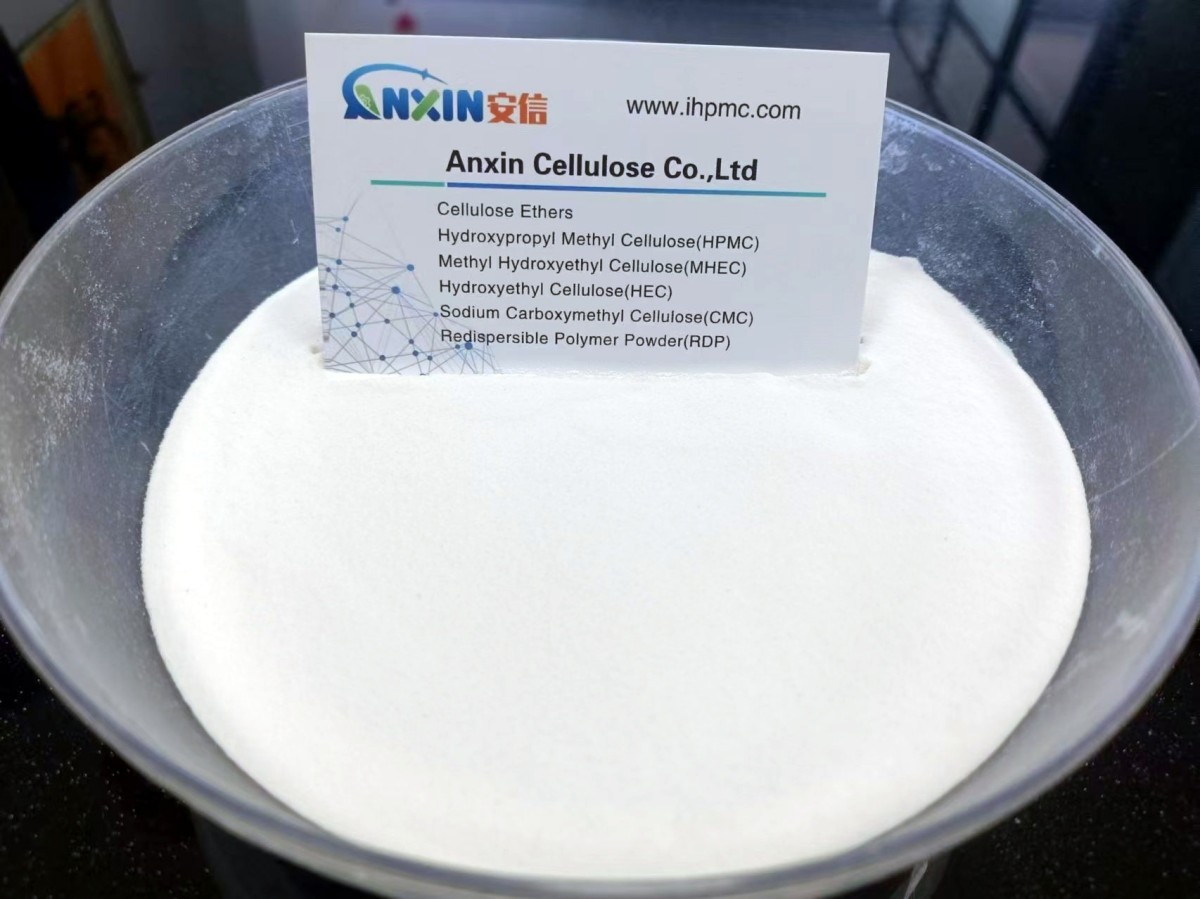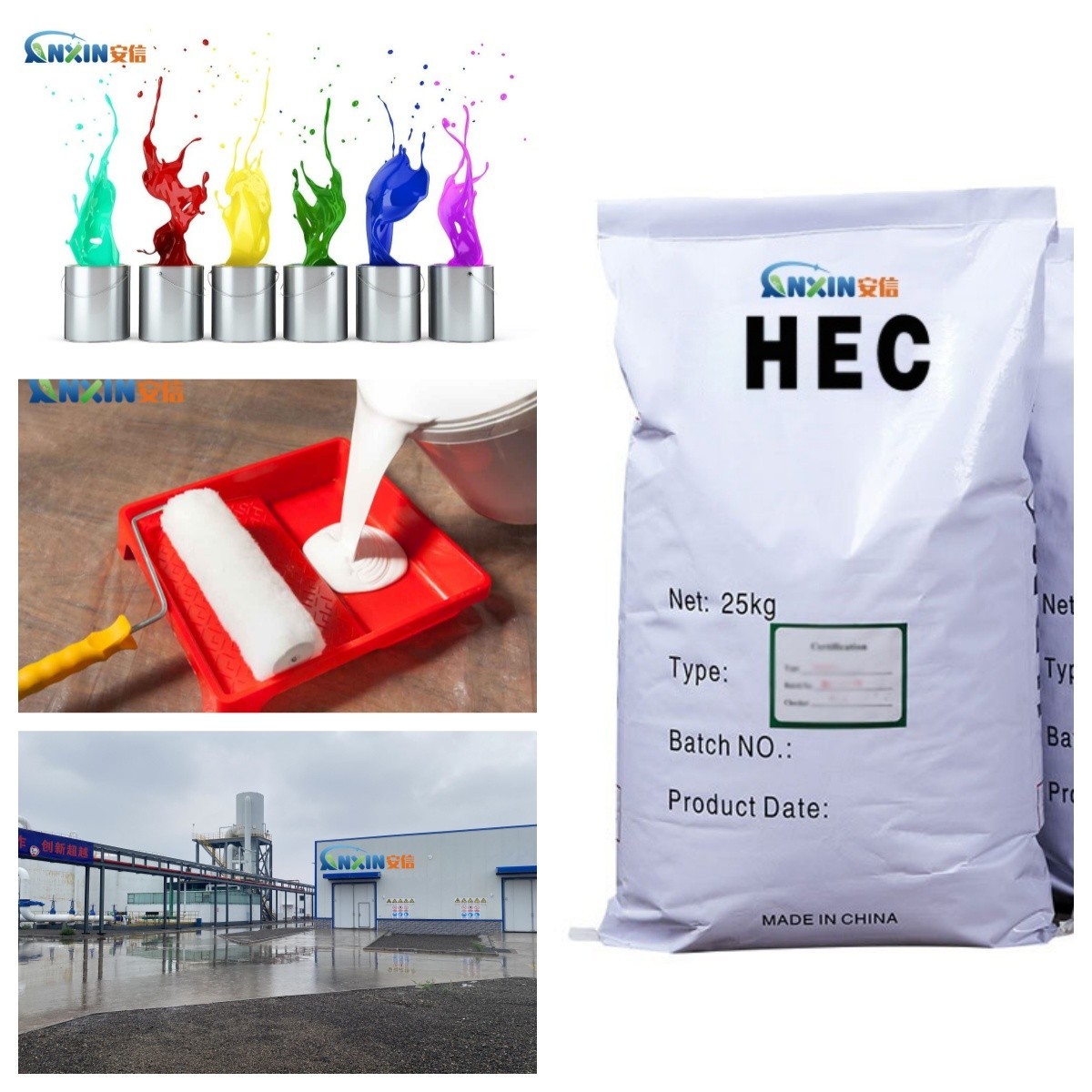Hydroxyethyl Cellulose (HEC) is a water-soluble natural polymer compound commonly used in coatings, building materials, cosmetics and other fields, and is widely used in the production of real stone paint. Real stone paint is a paint commonly used for building exterior wall decoration. It has good weather resistance and decorative properties. Adding an appropriate amount of hydroxyethyl cellulose to its formula can significantly improve the various properties of the paint and ensure the quality and construction effect of the real stone paint.

1. Increase the viscosity of the paint
Hydroxyethyl cellulose is a very effective thickener that can form a network structure in a water-based system and increase the viscosity of the liquid. The viscosity of real stone paint directly affects the construction performance of the paint. Appropriate viscosity can improve the adhesion and covering power of the paint, reduce splashing, and enhance the uniformity of the coating. If the viscosity of the paint is too low, it may cause uneven coating or even sagging, affecting the appearance and quality of the coating. Therefore, hydroxyethyl cellulose, as a thickener, can effectively improve this problem.
2. Improve the moisture retention of the paint
During the construction process of real stone paint, moisture retention is crucial. Hydroxyethyl cellulose has good water solubility and moisture retention, which can effectively delay the evaporation of paint water and keep the paint in a proper wet state during the drying process. This not only helps to improve the adhesion of the coating, but also prevents cracking caused by premature drying. Especially in hot or dry climates, real stone paint with hydroxyethyl cellulose can better adapt to environmental changes and ensure construction quality.
3. Improve the rheology of the paint
The rheology of real stone paint determines the operability and stability of the paint during construction. Hydroxyethyl cellulose can adjust the rheology of the paint to ensure that the paint can show good operability under different coating methods (such as spraying, brushing or rolling). For example, the paint needs to have moderate fluidity and low sag when spraying, while the paint is required to have high adhesion and coverage when brushing. By adjusting the amount of hydroxyethyl cellulose, the rheology of the paint can be accurately adjusted according to the construction requirements, thereby ensuring the construction effect of the paint under different conditions.
4. Improve the construction and operability of coatings
Hydroxyethyl cellulose can not only affect the rheology and viscosity of coatings, but also improve the construction and operability of coatings. It can increase the smoothness of coatings, making the construction process smoother. Especially when constructing over a large area, the smoothness of the coating can reduce repeated operations and dragging during the construction process, reduce the labor intensity of coating workers, and improve work efficiency.
5. Enhance the stability and durability of coatings
During the storage and construction of coatings, hydroxyethyl cellulose can enhance the stability of coatings, making them less likely to stratify or precipitate, and ensure the uniformity of coatings during long-term storage. In addition, during the curing process after the coating dries, hydroxyethyl cellulose can form a solid network structure to enhance the durability and anti-aging properties of the coating. In this way, the UV resistance and antioxidant capacity of the coating are improved, thereby extending the service life of the coating.
6. Improve the environmental protection and safety of coatings
As a natural water-soluble polymer compound, hydroxyethyl cellulose has good environmental protection. Its use in real stone paint does not produce harmful substances, is environmentally friendly, and meets the growing green and environmental protection needs of modern architectural coatings. At the same time, as a low-toxic, non-irritating chemical, the use of hydroxyethyl cellulose also ensures the safety of construction workers and helps reduce potential harm to the human body during construction.
7. Improve the anti-permeability of coatings
Real stone paint is often used for exterior wall coatings and needs to have strong water penetration resistance to prevent rainwater penetration from damaging the coating or mold on the wall. Hydroxyethyl cellulose can improve the anti-permeability of the coating and enhance the density of the coating, thereby effectively preventing water penetration and improving the water resistance and moisture resistance of the real stone paint.
Hydroxyethyl cellulose plays a vital role in real stone paint. It can not only improve the viscosity, rheology and moisture retention of the coating, improve the construction performance of the coating, but also enhance the stability, durability and anti-permeability of the coating. In addition, as an environmentally friendly and safe material, the addition of hydroxyethyl cellulose is in line with the current trend of architectural coatings paying more and more attention to environmental protection and sustainable development. Therefore, the application of hydroxyethyl cellulose in real stone paint not only improves the overall performance of the paint, but also provides reliable technical support for the widespread application of real stone paint in the construction field.
Post time: Mar-25-2025

